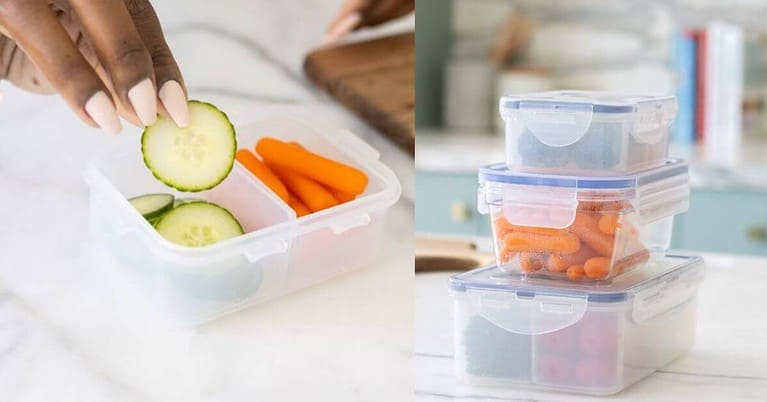Interested in Spring Gardening? Tips for Every Garden
With gardening season just around the corner, now is the perfect time to start planning ways to make your garden look spectacular this spring! Whether you’re an aspiring green thumb or gardening veteran, there are countless gardening ideas that can help bring new life to your outdoor space. Planting shrubs and trees, starting a vegetable or flower garden, and replacing worn-out soil with fresh compost are all excellent options. Additionally, it’s important to keep up with regular gardening tasks. Such as weeding, mulching, and pruning so your plants stay healthy throughout the season. By following a few simple gardening tips and tricks, you’ll have a show-stopping outdoor oasis in no time!
If you’re interested in starting a garden this spring, there are a few things you need. Things to do to get prepared. Here are some tips to help get your garden started off right.
This post may contain affiliate links, which means I may receive a commission, at no extra cost to you, if you make a purchase through a link. Please see my full disclosure for further information.
When is Spring Gardening season?
Spring is often the favorite season of gardeners around the globe. It provides a chance to get outside and bring your green thumb to life. The key to a successful spring planting experience is knowing exactly when spring planting season officially begins. Generally speaking, spring in the Northern Hemisphere starts on March 20th, making it the official beginning of spring planting season. Although this is the traditional start date for spring, local climate conditions and weather can cause minor variations. To ensure success, new gardeners should research tips specific to their region or consult with a local gardener. Local gardeners can provide spring gardening advice tailored to where they live. With these tips in mind, spring planting season promises to be an enjoyable and fruitful (or veggie-ful) experience for all gardeners!
[convertkit form=4856144]
Spring planting season is a blessing to gardeners everywhere. It’s the perfect opportunity to spruce up your backyard and add curb appeal to your home. This year, spring planting season will begin in late March for most regions. But depending on your location, you may need to adjust accordingly. To get the best results out of your spring gardening, be sure to thoroughly prep the soil and make plans for proper watering. Not to mention proper sunlight exposure. Additionally, use quality tools such as pruners and gloves to help with maintenance over the spring and summer months. The best spring gardens are well-planned and ardently tended. So don’t be afraid to do some research to find specific spring gardening tips. Make this season a success.
Decide What to Grow in Your Garden
When it comes to growing a garden, knowledge of what vegetables, herbs, and flowers your growing season supports is key. Start by researching the growing season in your area to determine when you should begin planting perennials and spring bulbs. This will prove helpful when you’re making decisions about what to grow in your garden. Don’t forget to consider garden design elements as well! Sketch out where you want plots in your journal. Create a visual map this way. Many plants can look great when arranged in the right way. So make sure to look up some potential ideas for how to add visual appeal to your garden. All of this research may take some time. But it will pay off when you’re growing a garden that’s both beautiful and successful.
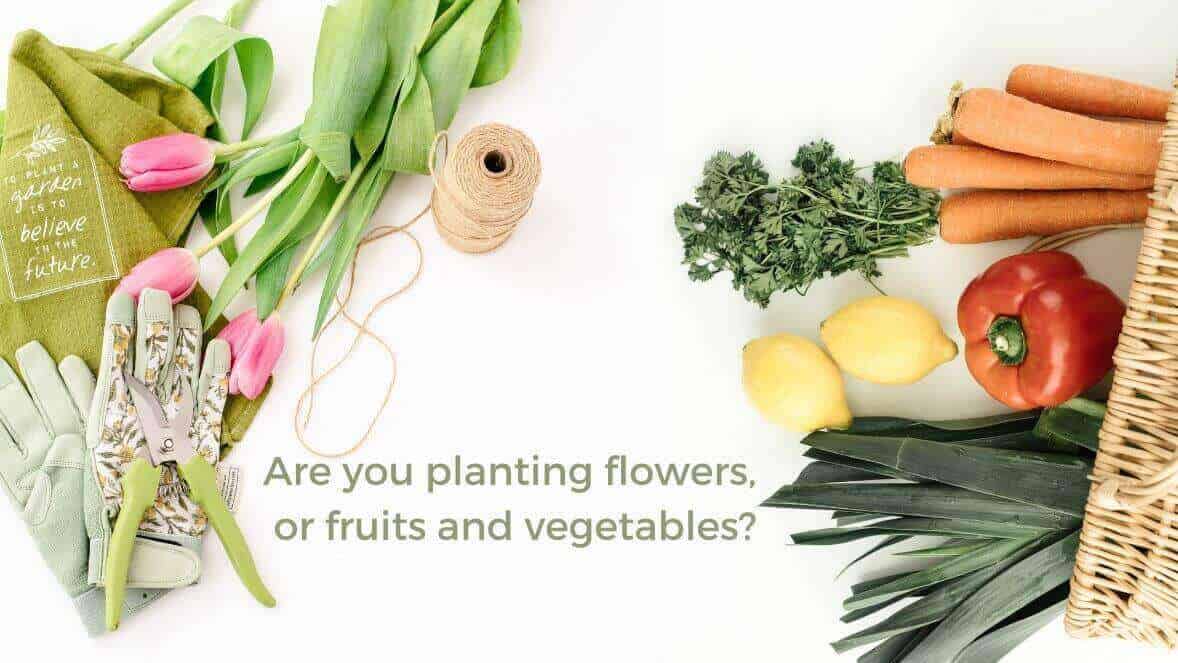
Start small. Particularly for first-time gardeners, sowing and maintaining a garden can be a deeply involved collection of tasks. It’s best to begin with something you know you can manage easily. Develop good gardening habits early. Next year, or in a later planting season for some plants, you can expand your garden as appropriate.
Purchase Spring Gardening Supplies
Once you’ve purchased the necessary supplies to start your garden, including seeds, soil, mulch and fertilizer. It’s a good idea to acquaint yourself with the seasonal changes in your specific area. Knowing your last frost date is an important factor when planting certain vegetables. As some will not thrive in cooler temperatures. Furthermore, container gardening is possible if you don’t have room for an outdoor plot. Or if you lack access to sun resources or is a limiting factor. Though the depth of containers should be taken into consideration as some vegetables require more root space. Lastly, don’t forget to purchase essential gardening tools such as gloves and trowels that will make the process much smoother!
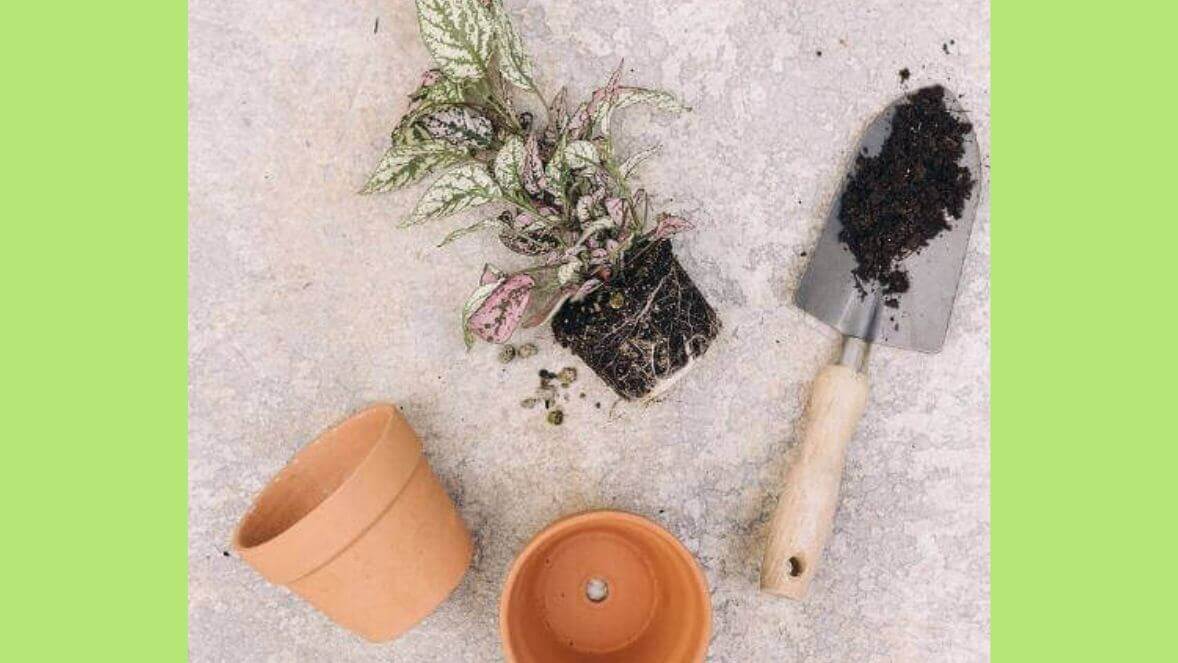
Find Your Garden Plot
Starting a garden plot in spring is the perfect way to spruce up your yard. The key is to find a sunny spot that will offer plenty of light for flowers and vegetables to thrive! Once you have identified the spot, take some time to map out where spring-blooming flowering bulbs, shrubs, and trees should go. Adding these features will create stunning pops of color and help bring life to your outdoor space. Before you know it, your yard will be buzzing with activity as spring transitions into summer!
Clear Debris
As you get ready to work in your garden from last year, it is important to remember a few tasks to do before any new growth is started. Clearing the area of any debris, rocks or decor that might be present should be one of the first things that you do. Any dead plants and weeds should also be removed from the soil. So that they don’t impede the new plants’ roots from gaining the nutrients they need for growth. Doing these gardening tasks before you start planting will create an environment where all your new plants can thrive and have the best chance at success!
Before this last year, it was probably a long time since the area had seen any gardening tasks. Now is the perfect time to start anew and clear the space. Remove dead material so that new growth can start flourishing. Decorative rocks and debris should be carefully removed with a rake or shovel. This will prevent any damage to the roots of plants when they’re planted. With a clean landscape, planting will be easier and safer for all involved, ensuring a successful season of gardening!
Prepare Soil for Your Spring Garden!
Preparing your garden beds for the upcoming winter is an essential step in optimizing the quality of your home garden. Digging up the soil and mixing in some compost or manure is a great way to add nutrients and provide your garden with everything it needs. Allowing it to flourish, even during the cold months. By taking this action, you can expect healthier looking garden beds come springtime. Not to mention all the color, fragrance, and enjoyable outside activities that come with a well-maintained garden. Investing a bit of time into improving your soil quality now will surely be worthwhile!
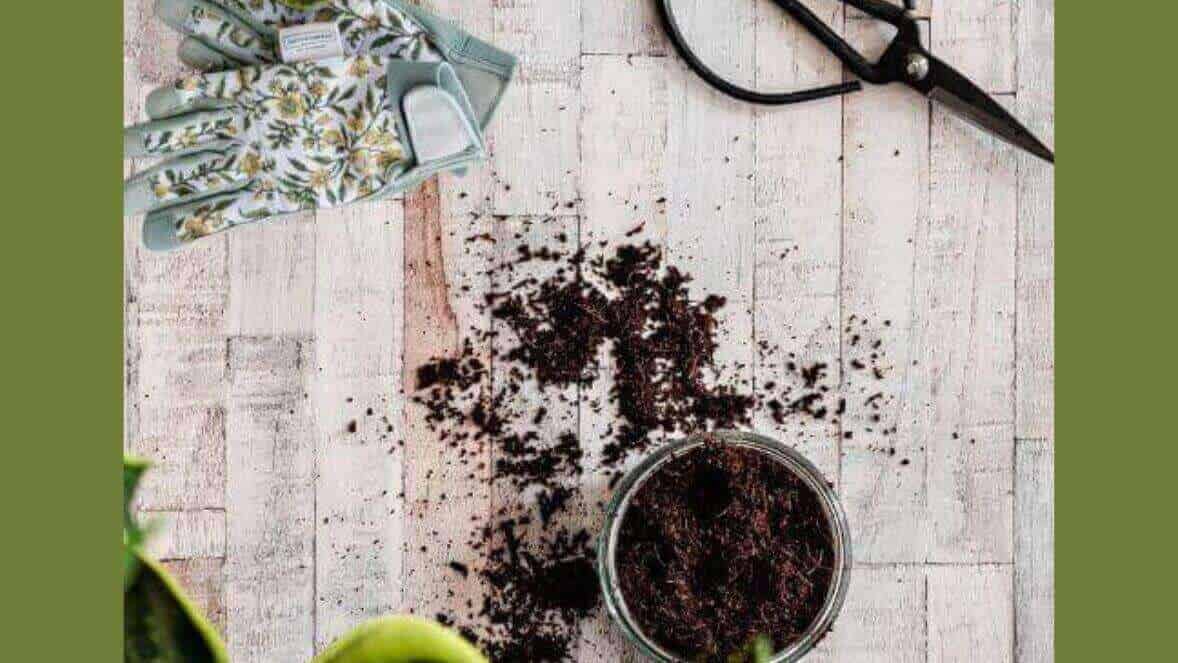
Gardening beds are a great way to give your home a breath of fresh air. Adding some life to it in the long winter months. To get the most out of them, though, you need to make sure that you treat the soil accordingly. Digging up the soil and adding some compost or manure can really help improve its quality. These nutrients hone in on the plants’ needs. If you want your garden beds to thrive, take the extra step this summer and make sure that that soil is as healthy as can be!
Planting Seeds or Bulbs
With spring just around the corner and plenty of new plants blooming, now is the perfect time to plant your fruits and vegetables. In order to ensure the most live-able and vibrant garden, it is important to take care in planting. Follow according to the instructions on the packet. A little extra effort in springtime will ensure that your spring garden shows its best colors. Attracting all kinds of lovely butterflies throughout the season ahead. Obey these planting instructions for a fabulous spring bloom and plenty of liveliness!
Spring blooming plants such as butterfly bushes are a great way to bring color, energy, and life into the garden! It’s important to plant your seeds or bulbs according to the instructions on the packet.
For spring blooms to reach their peak form and ensure that they live to see another season. Understand timing for sowing and growth. Gain knowledge of soil and light requirements. This will help you to create an environment in which your spring blooming garden can thrive. This is an important step in successfully growing spring-blooming plants.
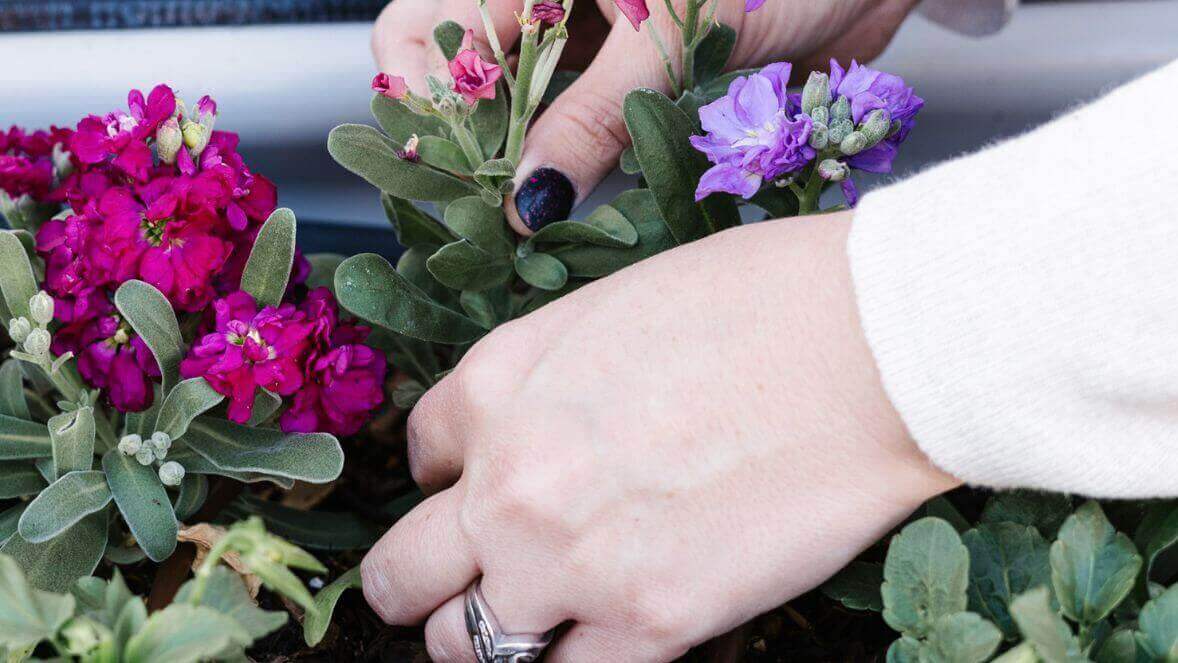
Pests & Insects
Spring is the perfect time to get into the garden and start tending to your plants. For best results, it’s important to keep up with spring gardening tips so you can get the most out of your outdoor space. One of the most important spring gardening tips is to regularly check for signs of pests and diseases on plants. Evergreen aphids or thrips can make a quick appearance. So catching them early is crucial for controlling their spread and keeping your beloved plants healthy. When it comes to spring gardening, don’t let pest control be an after thought! Make sure it’s part of your regular springtime routine!
When spring arrives, it’s a sign that the gardening season is here! An important spring garden tip is to check your plants regularly for signs of pests or diseases. By spotting these problems early, you can take immediate action to treat your plants. Keeping them healthy before the damage becomes severe. By keeping an eye on your plants also allows you to catch any infections or pest infestations quickly. So, they don’t spread to other plants in the garden. Don’t forget this simple but effective spring gardening strategy!
The spring season is the perfect time for gardening, and it’s important to follow certain tips to ensure success. One of the most essential spring gardening tips is to check for signs of pests and diseases. You can do this while doing your regular tasks. Failing to do regular inspections leaves your plants exposed, which can result in costly damage if not addressed quickly. Therefore, take a few moments as you weed and water to inspect your precious plants. This will help catch any potential issues early.
Let Spring Gardening Begin!
Now that you know how to start a garden, it’s time to get your hands dirty! Gather up the supplies you need and find a sunny spot in your yard, then you can begin planting. Don’t forget to download our Spring Gardening Checklist/Planner for extra guidance as you get started on your gardening journey.


